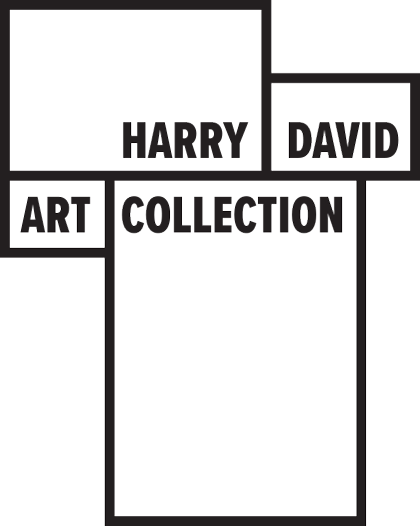Privacy Policy
Privacy Policy
Who we are
Our website address is: https://harrydavidartcollection.org
What personal data we collect and why we collect it
Contact forms
When visitors use the contact form on the website, we collect the data inputted in the contact form (name, email, and message) and the visitor’s IP address and browser user agent string to help spam detection. We will only use data provided by a user to respond to their request via email. The data will not be made available to any third party and not used for any other purpose than stated.
Newsletter
This site offers newsletter services, and cookies may be used to remember if you are already registered and show certain notifications that might only be valid to subscribed/ unsubscribed users.
How long we retain your data
We store the personal information they provide in their user profile on our newsletter provider for users that register for our newsletter. We will only use this data to send out relevant news and event information from the Harry David Art Collection and
never share personal data with other third parties.
All users can delete their personal information at any time by either; unsubscribing to the newsletter or contacting our Data Privacy contact via email and requesting personal information to be removed. Website administrators can also see and edit that information.
What rights you have over your data
If you have registered for our newsletter, you can request to receive an exported file of the personal data we hold about you, including any data you have provided to us. You can also request that we erase any personal data we hold about you. The erase request does not include any data we are obliged to keep for administrative, legal, or security purposes.
Cookies
As is common practice with almost all professional websites, this site uses cookies, which are tiny files that are downloaded to your computer, to improve your experience. This page describes what information they gather, how we use it, and why we sometimes need to store these cookies. We will also share how you can prevent these cookies from being stored; however, this may downgrade or ‘break’ certain elements of the site’s functionality.
You can prevent cookies by adjusting the settings on your browser (see your browser Help for how to do this). Disabling cookies will usually result in also disabling certain functionality and features of this site. Therefore, it is recommended that you do not disable cookies.
Third-party companies provide several modules we use on our website, and by displaying them, the third party may place cookies on your machine for their purposes. The reasons for including these third-party services are as follows:
Google Analytics – To optimize and serve relevant content to our audience – View policy
YouTube – To embed videos and user’s preferences
Elementor – To change the website’s content in real-time
Cookie consent – Stores the user’s cookie consent state
We also use social media buttons and plugins on this site to connect with your social network in various ways. For these to work, the following social media sites, including; Instagram, may set cookies through our site, which may be used to enhance your profile on their site or contribute to the data they hold for various purposes outlined in their respective privacy policies.
How to disable cookies
In our mechanism, you can disable all unnecessary cookies by clicking the “use necessary cookies only.”
Please note that disabling cookies will result in some parts of the site not functioning correctly.
Contact
Hopefully, that has clarified things for you, and as was previously mentioned, if there is something that you are not sure whether you need or not, it’s usually safer to leave cookies enabled, so it does interact with one of the features you use on our site.
However, if you are still looking for more information, you can contact us via email:
Data privacy contact: hdart@leventis.net


